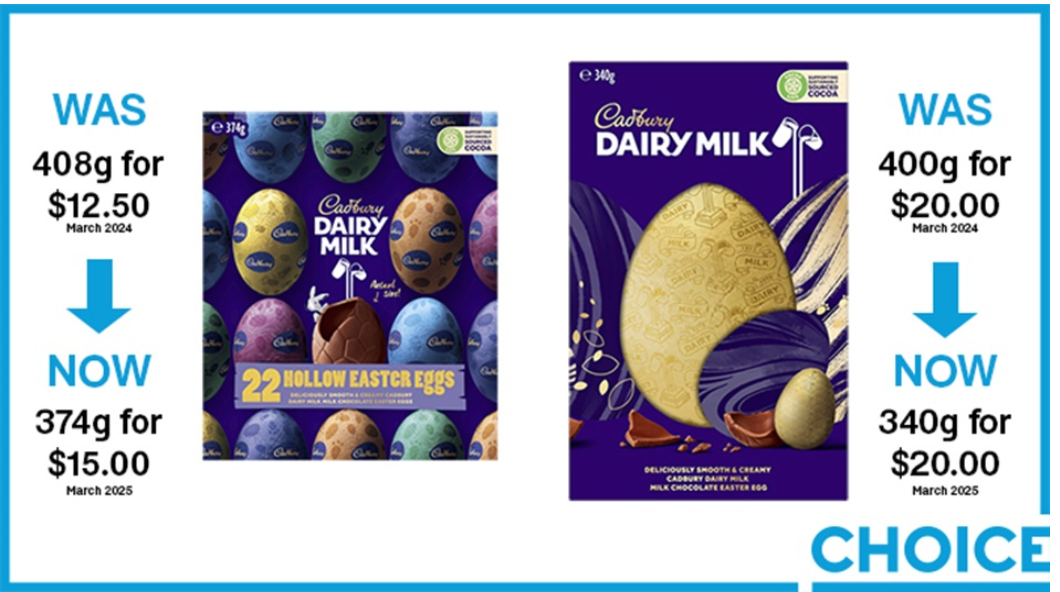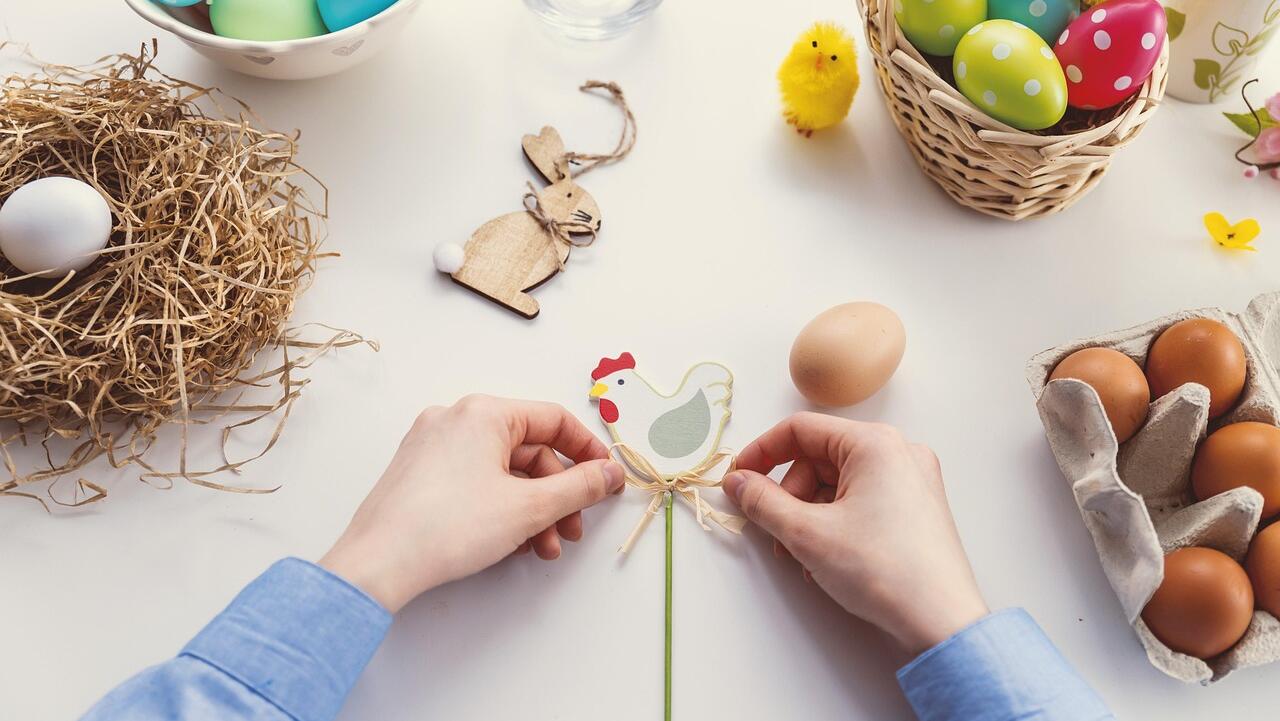Easter is a time to enjoy a long weekend, and for Australians this can look like a meal or three with family and friends, a trip to Mass or an egg hunt in the backyard.
However, this year with money still tight for many individuals and families, what will the Easter budget look like?
Time for treats or tightening the belt?
New data from Compare the Market found that Easter staples have increased in price at a time when households watch every dollar.
The prices of 15 common Easter items were examined, including chocolate, seafood, hot cross buns and soft drinks, with a price increase found across the board.
In total shoppers will spend $211.30 on these items, an increase of $18.60 compared to this time last year, with no price reductions at all and only two items remaining the same price; the Darrell Lea Easter Bilby and Woolworths’ Easter Mini Dessert Selection.
All the other products had price increases compared with this time last year.

However, new research from Roy Morgan and the Australian Retailers Association has found that despite cost of living concerns persisting and a sharp rise in Easter sweet staples, more than 15 million people still plan to buy food and chocolate this year, making a nationwide spend of $2.2 billion.
New South Wales and Victoria are expected to top Easter food spending, both at $710 million.
“Aussies consume some of the highest quantities of chocolate in the world", ARA Chief Industry Affairs Officer Fleur Brown said.
“From Easter Eggs to hot-cross buns, many Australians will indulge their sweet tooth in the coming weeks.”
Cocoa costs leaving a bitter taste
A leading factor in the rising factor of sweet treats (at least) has been a record high price on cocoa.
Cocoa reached its historic high at the end of last year, due largely to a supply issue in West Africa, with chocolatiers feeling the pinch over Christmas and now again at Easter.
West Africa, which generates up to 80% of cocoa output worldwide, is expected to increase production by up to 13%, but cocoa plants take four years to mature and cannot offer an immediately viable solution to drastically increasing chocolate production costs.
Some of the major brands have reshaped their chocolate ingredients by reducing cocoa content with fillers and artificial flavours, or have adjusted chocolate size to price ratios, a move known as “shrinkflation”.
Consumer advocacy group Choice found that Easter eggs from Cadbury, Nestle and Aldi were all victims of shrinkflation, comparing the size and price to the same products last year.
Cadbury's 340g large chocolate egg, an Easter basket staple for many, will set Australians back $20 at major retailers, but was found to be 60 grams lighter than it was last year while the price stayed the same, with the confectionary giant admitting it had struggled with "unprecedented levels" of cocoa shortages.

In a statement issued to multiple media outlets, Cadbury admitted they had “made some difficult decisions regarding pack sizes and pricing while remaining committed to producing great-tasting chocolate in Australia".
“We continue to offer a variety of Easter products in different pack sizes to suit different budgets and celebration needs.”
Beyond the money: how Australia spends quality break time
Beyond financial spending comes the decision how to use a much anticipated long Easter weekend.
Roy Morgan research found that more Australians were set to travel over the break this year, an increase of 100,000 from last year, to a total of 4.55 million.
Easter trips are expected to cost $11.1 billion intrastate, interstate and overseas.
Older generations are embracing the opportunity for an adventure, with one million people aged 50-64 and one million people aged 65 and over saying they will travel over Easter this year.
That's not to say plenty of us aren't staying home, spending time on incomplete odd jobs and home projects.
Nationwide, 6.2 million Australians will use the break for DIY home projects. With a total spend of $6.7 billion across the country on these tasks, an average spend of $1,082 per person.
This is up 27% or $230 from last year.
A large portion of those billions will be spent in Queensland, which is likely to see spending of $2.2 billion across DIY and homewares. This is compared to an expected spend of $1.7 billion in New South Wales, and $1.2 billion in Victoria.
Sunshine State spending will increase $400 million from the same time last year, due largely to many residents tackling home repairs in the wake of Cyclone Alfred earlier this year.
“We know that retailers and residents in cyclone-affected areas are continuing to feel the serious impacts of that recent natural disaster," Brown said.
"We’re hopeful this Easter period offers some time for much-needed repairs."
Cowboys and carnival rides
Another offering at Easter time is the Sydney Royal Easter Show, Australia's largest annual ticketed event.
The Show draws in a massive crowd each year, averaging 854,000 people according to show attendee numbers from 2019 to 2024
But what does this day out cost?
For a family of four, two adults and two children, tickets for the Show will start at $138, going as high as $317 for premium reserved seating, and that's just by getting inside the showground.
The Show has a range of offerings, as “the country and city join together” to boast agricultural competitions, carnival rides, showbags and more.
An iconic part of any Royal Show across Australia is the showbags, and this year could set you back as much as $40 for the Disney themed Stitch Backpack bag, with a retail value of $63.70, or a little as $3 for a Wizz Fizz Chocolate bag, with a very budget friendly retail value of $3.80.

So while spending might be a little more subdued for some this year, Australians still seem determined to celebrate Easter and enjoy the long weekend with loved ones.



